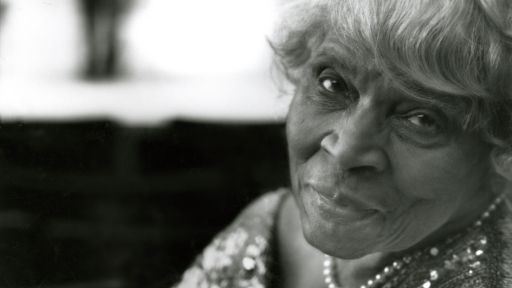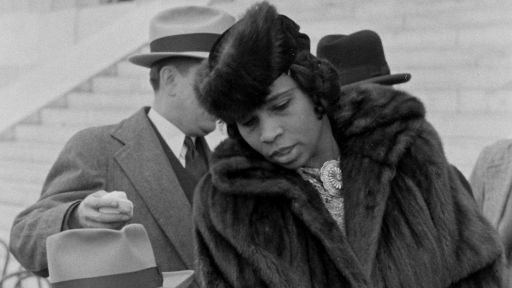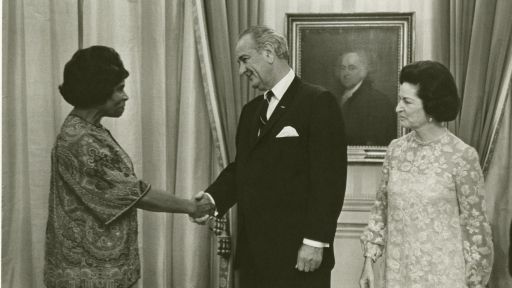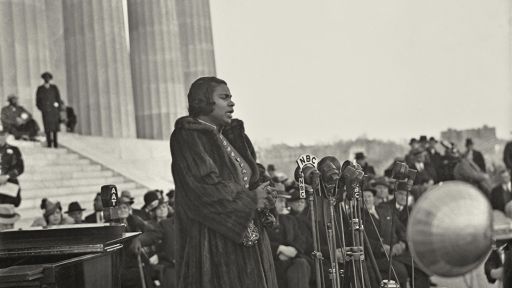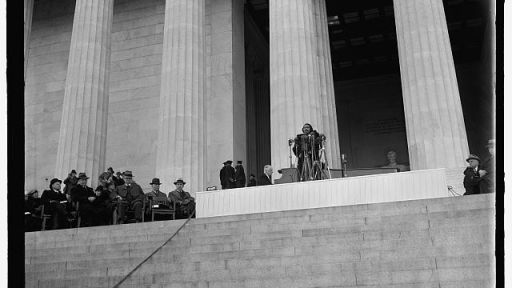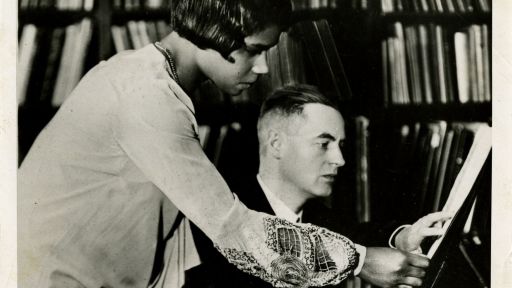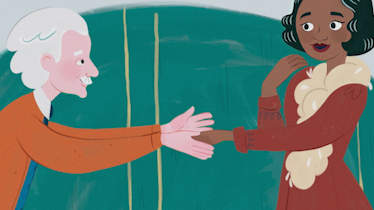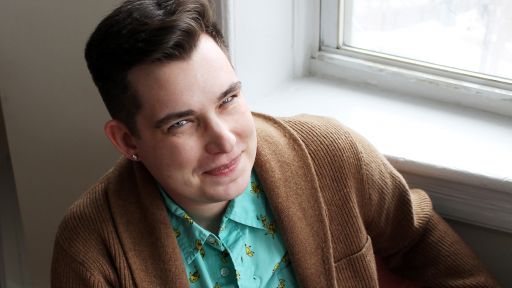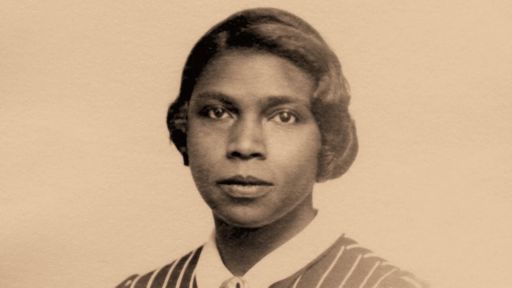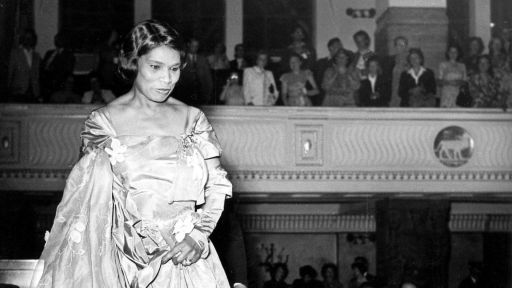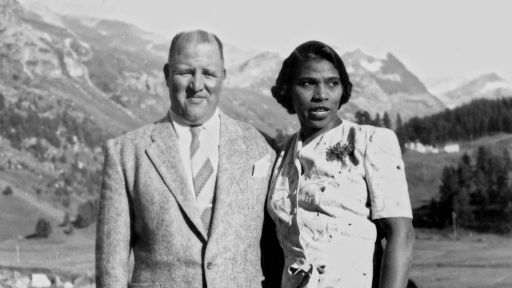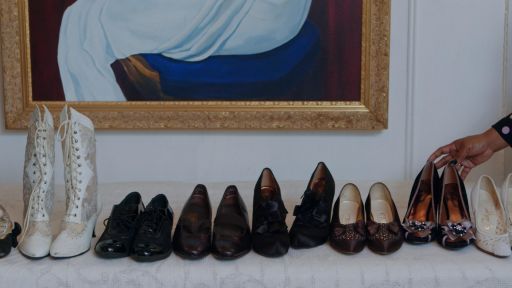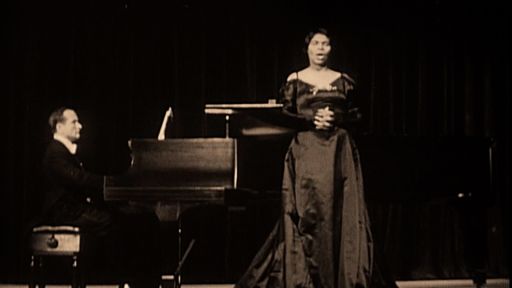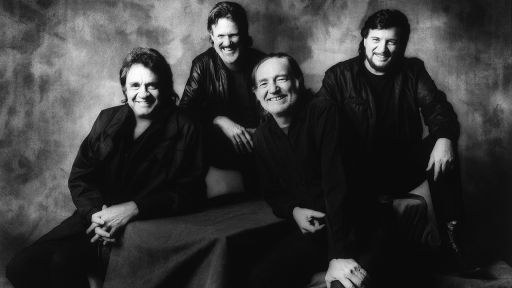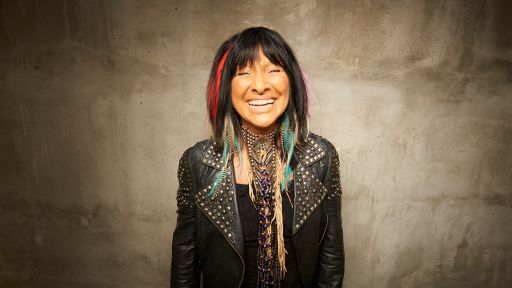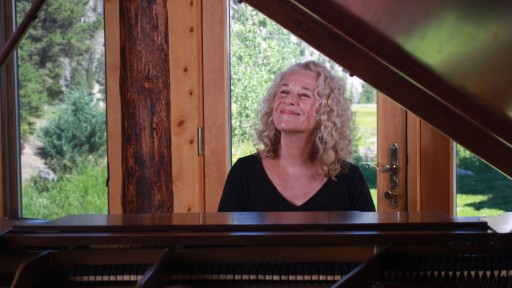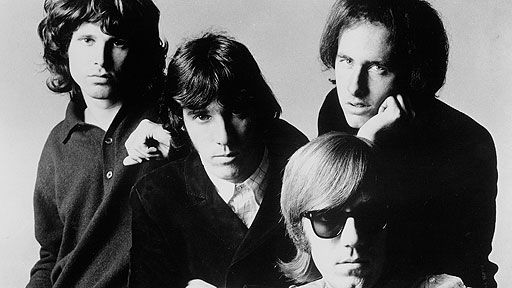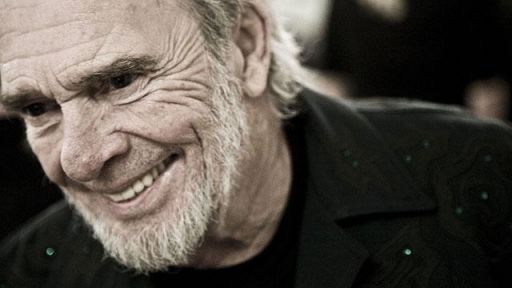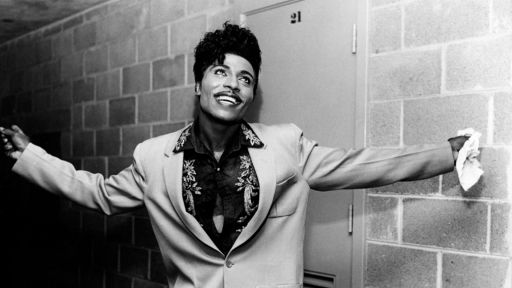Marian Anderson is a contralto and international singer that triumphed over racial prejudice and became an inspiration for America’s civil rights movement. Born in 1897, the granddaughter of enslaved Americans, Anderson earned international acclaim in Europe by 1935. Still, in 1930’s America, Anderson was discriminated against and denied a performance at The Daughters of the American Revolution’s (DAR) Constitution Hall in 1939. First Lady Eleanor Roosevelt resigned from the DAR and an integrated team of activists from the NAACP to Howard University joined Secretary of the Interior, Henry Ickes and others to challenge the Jim Crow laws and ideologies of this country.
Anderson’s iconic 1939 concert on the steps of the Lincoln Memorial was delivered to an unprecedented mixed race audience of 75,000, featured on newsreels and heard on radio by millions around the world. Inspired, a ten-year old Martin Luther King, Jr. listened on the radio and at fifteen delivered and published a winning oratorical citing the experience. See below for an extensive timeline of her achievements and milestones.
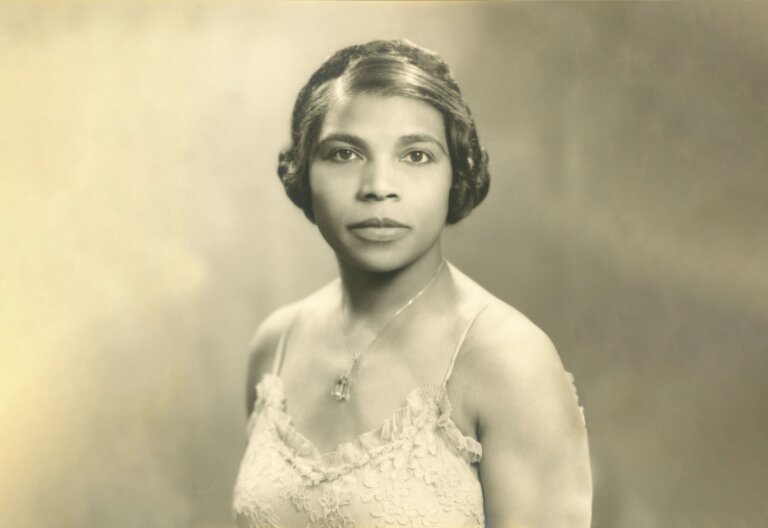
World-renowned contralto Marian Anderson is born.
At the age of 6, Anderson begins singing with the Union Baptist Church choir.
Anderson's father John is hit by heavy machinery working on the Philadelphia trackline and dies a week later in their home. Anderson, her mother Anna, and her two sisters Ethel and Alyse move in with their grandmother and grandfather, Isabella and Benjamin. Her grandfather Benjamin dies shortly after.
To help support the family, Anderson is urged by her grandmother to drop out of school and start work as a domestic.
Anderson meets Orpheus "King" Fisher, whom she would eventually marry after a 24 year on again off again courtship.
Anderson begins performing locally for donations (ranging from a dollar to two dollars) with her Aunt Mary, gaining an appreciation for classical and spiritual music. She meets famed accompanist William "Billy" King.
Anderson is invited to perform in Boston at Jordan Hall with singer Roland Hayes and composer Harry T. Burleigh in an oratorio by German composer Felix Mendelssohn, titled "Elijah." Hayes becomes a mentor.
As an entrepreneur, Anderson partners with Billy King as manager and accompanist. They tour across the South and the Midwest, largely to churches and historically black colleges and universities.
Anderson enrolls in a six-week opera course at the Chicago Conservatory of Music and is caught in the dark period of race rioting which will become known as "Red Summer." She enters and wins the National Association of Negro Musicians first award and is hailed as a voice ushering in a new era for black singers.
Anderson is the first African American to sign with RCA Victor Recording Company. Her first record features, "Deep River" and "My Way's Cloudy."
Anderson's vocal coach, Giuseppe Boghetti enters her into the National Music League competition at Lewisohn Stadium, chosen over 300 singers, judges cancel the auditions and award her the prize after her performance. She becomes the first African American artist to solo with the New York Philharmonic.
Anderson travels for the first time to Europe to study music in London. She rooms at the house of the famous Black baritone John Payne, and studies with voice teacher Amanda Aldridge.
In London, Anderson meets Black musical stars including Paul Robeson, Josephine Baker, Alberta Hunter.
Anderson performs for the first time at Carnegie Hall in NYC.
In Berlin, Anderson is introduced to her future accompanist, Finnish pianist Kosti Vehanen.
Anderson and Kosti Vehanen begin a European tour consisting of concerts in Denmark, Norway, Sweden and Finland.
Anderson performs at Carnegie Hall once again. Her audience includes celebrities like Katharine Hepburn and Gloria Swanson.
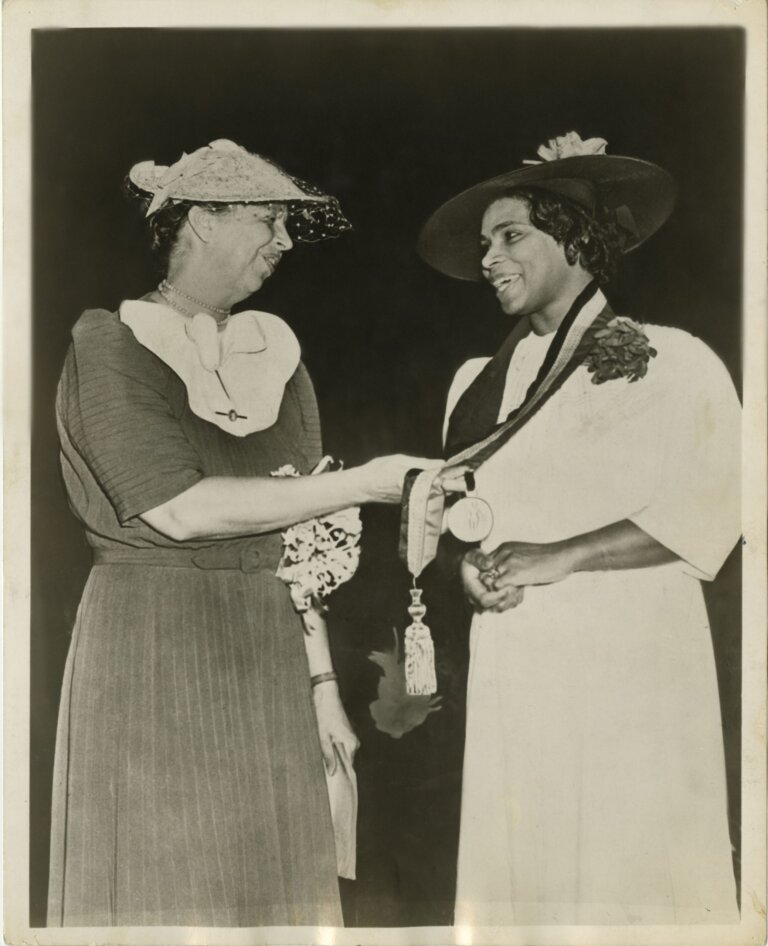
Eleanor Roosevelt invites Anderson to perform at the White House for the President and guests. Marian arrives with her mother, Anna Anderson and is accompanied by Kosti Vehanen. A lifelong friendship between Marian Anderson and the first lady begins.
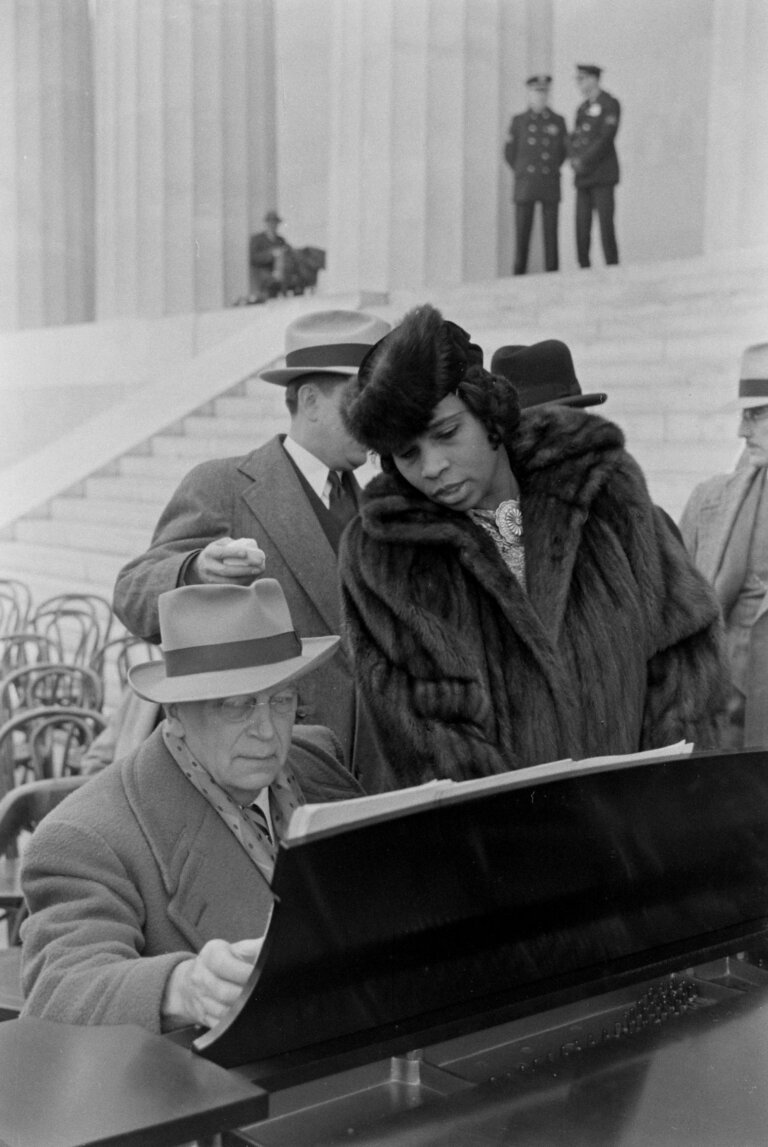
After a denial by the Daughters of the American Revolution to perform at Constitution Hall, Marian Anderson becomes the first person to perform a solo concert at the Lincoln Memorial in Washington, D.C. on Easter Sunday. The concert draws an unprecedented fully-integrated audience of over 75,000 people and the iconic concert is seen a change for civil rights.
First Lady Eleanor Roosevelt invites Anderson to sing at the White House, as the President and First Lady host the king and queen of England.
Marian Anderson is awarded the NAACP's Spingarn Medal, presented at the ceremony by Eleanor Roosevelt.
During World War II, Anderson uses her talents to support the war effort, performing for charity concerts, at veterans' hospitals and military bases making a special point of visiting with Black troops.
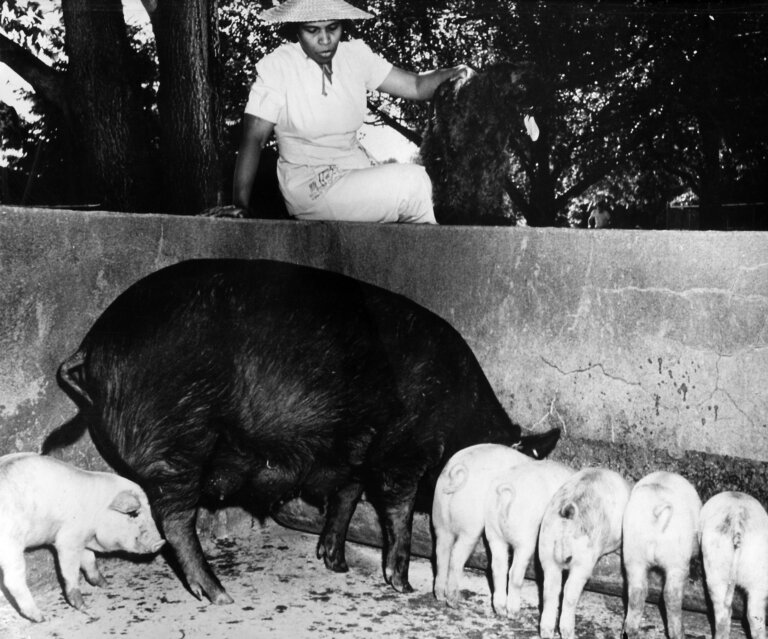
After a 24-year on-and-off-again courtship, Marian marries architect Orpheus Fisher. Despite racial prejudice, they purchase a 100-acre property in Danbury, CT and name the property Marianna Farms.
The NAACP calls for a boycott of Marian Anderson's concert in Richmond, Virginia. Marian agrees with NAACP and requires that all her concerts be opened to an integrated audience.
Almost sixty years old, Marian Anderson becomes the first African American to perform on the mainstage at the Metropolitan Opera as "Ulrica" in Un Ballo in Maschera.
Anderson begins a position as a Goodwill Ambassador for the United States State Department. Her travels begin with a tour of Asia and the honor of performing as the first American at the Gandhi Memorial.
Anderson sings the National Anthem for the inauguration of President John F. Kennedy.
Roy Wilkins, President of the NAACP invites Marian Anderson to sing at the March on Washington for Jobs and Freedom where Martin Luther King, Jr. famously makes his "I Have a Dream" speech. She sings "He's Got the Whole World in His Hands."
Anderson is honored with the Presidential Medal of Freedom but before the ceremony can take place, President John F. Kennedy is assassinated. President Lyndon Baines Johnson presents Marian Anderson with the Medal of Freedom.
Marian Anderson slips into a coma and dies on April 8th, one day before the anniversary of her iconic 1939 Lincoln Memorial concert.


